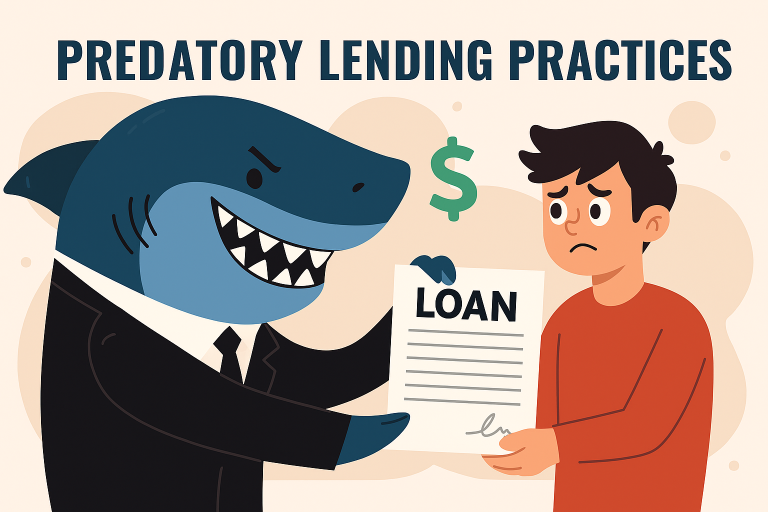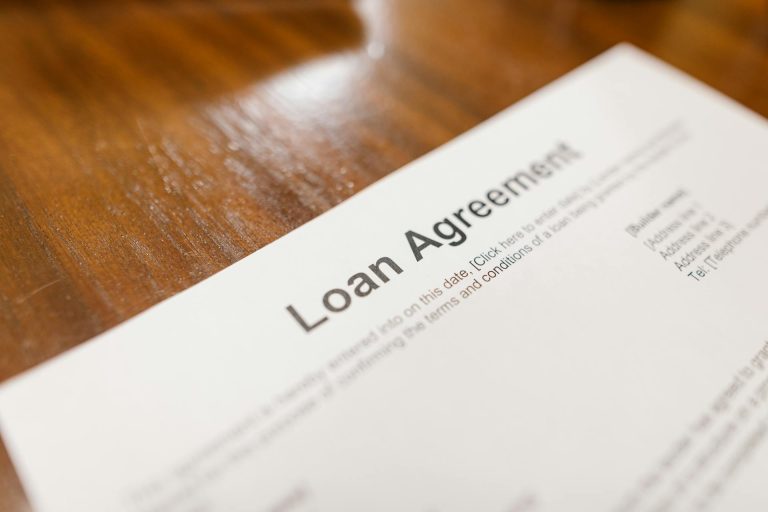Personal loans can be a convenient way to access funds for various needs, from consolidating debt to covering unexpected expenses. However, they might not always be the best or the only option available. Depending on your financial situation, you might benefit from exploring other alternatives that can offer more favorable terms or better suit your needs. Here are ten alternatives to personal loans that you can consider:
1. Credit Card Balance Transfer
If you have existing credit card debt with high interest rates, a credit card balance transfer can be a good alternative to a personal loan. Many credit card issuers offer promotional 0% APR periods on balance transfers, allowing you to pay off your debt without accruing additional interest. Keep in mind that these promotional periods typically last between 6 and 18 months, and you’ll need to pay a balance transfer fee, usually around 3-5% of the amount transferred.
2. Home Equity Line of Credit (HELOC)
A home equity line of credit (HELOC) allows you to borrow against the equity in your home. This type of loan typically comes with lower interest rates compared to personal loans since it’s secured by your property. With a HELOC, you have the flexibility to borrow funds as needed, up to a predetermined limit, and only pay interest on the amount you borrow. However, it’s important to note that your home is at risk if you default on the loan.
3. Peer-to-Peer Lending
Peer-to-peer (P2P) lending platforms connect borrowers with individual investors who are willing to fund loans. P2P loans can offer competitive interest rates, especially for borrowers with good credit. The application process is similar to that of traditional loans, but the funds come from multiple investors rather than a single financial institution. Popular P2P lending platforms include LendingClub, Prosper, and Upstart.
4. Borrowing from Friends or Family
If you’re in need of funds and have a trusted network of friends or family members, borrowing from them can be an alternative to taking out a personal loan. This option often comes with little to no interest and more flexible repayment terms. However, it’s essential to approach this arrangement with transparency and mutual respect to avoid straining relationships. Clearly outline the terms of the loan and put the agreement in writing to ensure both parties are on the same page.
5. Credit Union Loans
Credit unions are member-owned financial institutions that often offer lower interest rates and more favorable terms compared to traditional banks. If you’re a member of a credit union, you may be eligible for a personal loan with better rates and terms. Additionally, credit unions are known for their personalized customer service and willingness to work with members who have less-than-perfect credit.
6. 401(k) Loans
If you have a 401(k) retirement account, you may be able to borrow against it. A 401(k) loan allows you to access funds without undergoing a credit check, and the interest rates are typically lower than those of personal loans. However, it’s important to note that borrowing from your 401(k) can impact your retirement savings and growth potential. Additionally, if you leave your job, you’ll need to repay the loan in full within a short period, or it will be considered a taxable distribution.
7. Secured Loans
Secured loans require collateral, such as a car, savings account, or other valuable assets. Because these loans are backed by collateral, they often come with lower interest rates compared to unsecured personal loans. However, if you default on the loan, the lender can seize the collateral to recoup their losses. Secured loans can be a good option if you have valuable assets and need a lower-cost borrowing solution.
8. Payday Alternative Loans (PALs)
Payday alternative loans (PALs) are small, short-term loans offered by federal credit unions as an alternative to payday loans. PALs are designed to help members avoid the high fees and interest rates associated with traditional payday loans. These loans typically range from $200 to $1,000, with repayment terms of one to six months. PALs often have lower interest rates and fees, making them a more affordable option for borrowers in need of quick cash.
9. Crowdfunding
Crowdfunding platforms like GoFundMe and Kickstarter allow individuals to raise money for various purposes, including personal financial needs. By sharing your story and goal with a wider audience, you can potentially receive donations from friends, family, and even strangers. While crowdfunding can be an effective way to raise funds, it’s important to set realistic expectations and understand that success is not guaranteed.
10. Government Assistance Programs
Depending on your financial situation and needs, you may be eligible for government assistance programs that provide financial support. These programs can include grants, low-interest loans, and other forms of financial aid for specific purposes, such as education, housing, or small business development. Research available government assistance programs in your area to determine if you qualify for any support.
While personal loans can be a convenient option for accessing funds, they are not the only solution available. Exploring these ten alternatives can help you find a borrowing option that better suits your financial needs and goals. Whether you’re looking for lower interest rates, more flexible terms, or unique funding sources, there are various alternatives to personal loans that can provide the financial support you need.
Remember to carefully consider the terms and conditions of each option, and choose the one that aligns best with your financial situation. By exploring different alternatives, you can make a more informed decision and take control of your financial future.





